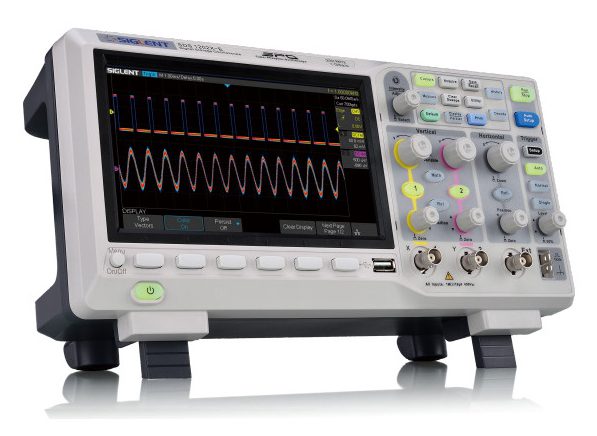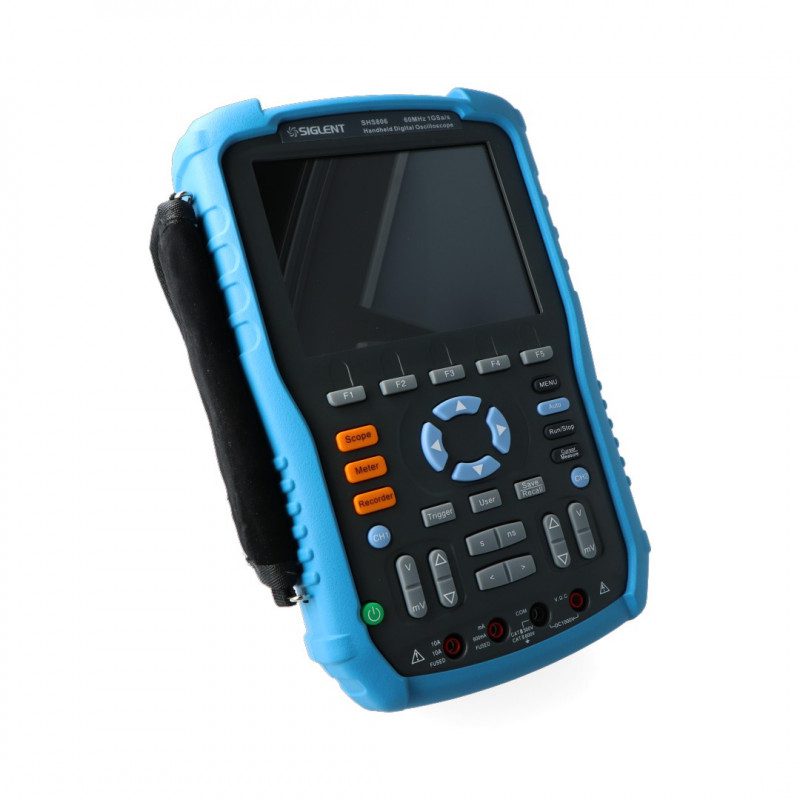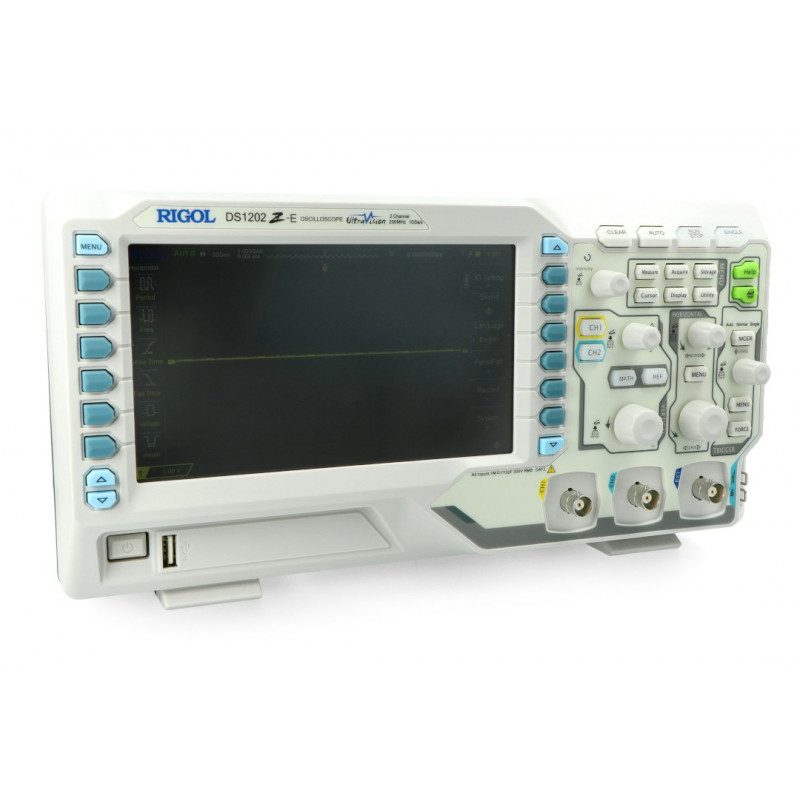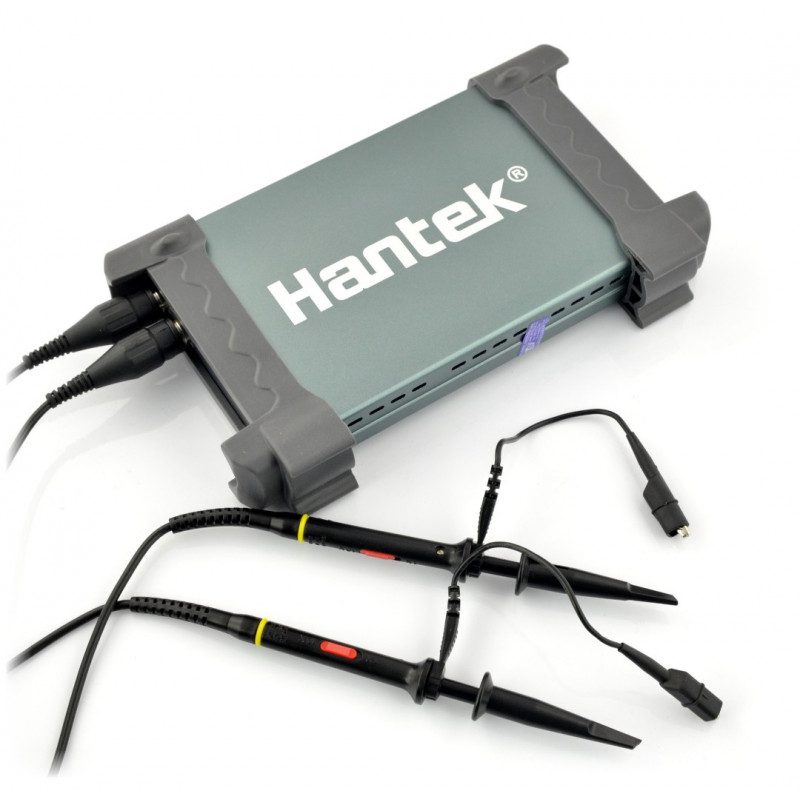Table of Contents:
What is an oscilloscope used for?
Electricity is a complex physical phenomenon which has made the dynamic development of the modern world possible. Using the properties provided by the flow of current, it is possible not only to power electrical devices, but also to control them and to transmit all kinds of data.
However, in order to be able to fully harness the current, it is necessary to use appropriate diagnostic equipment, and one of them is the oscilloscope. What exactly is this device?
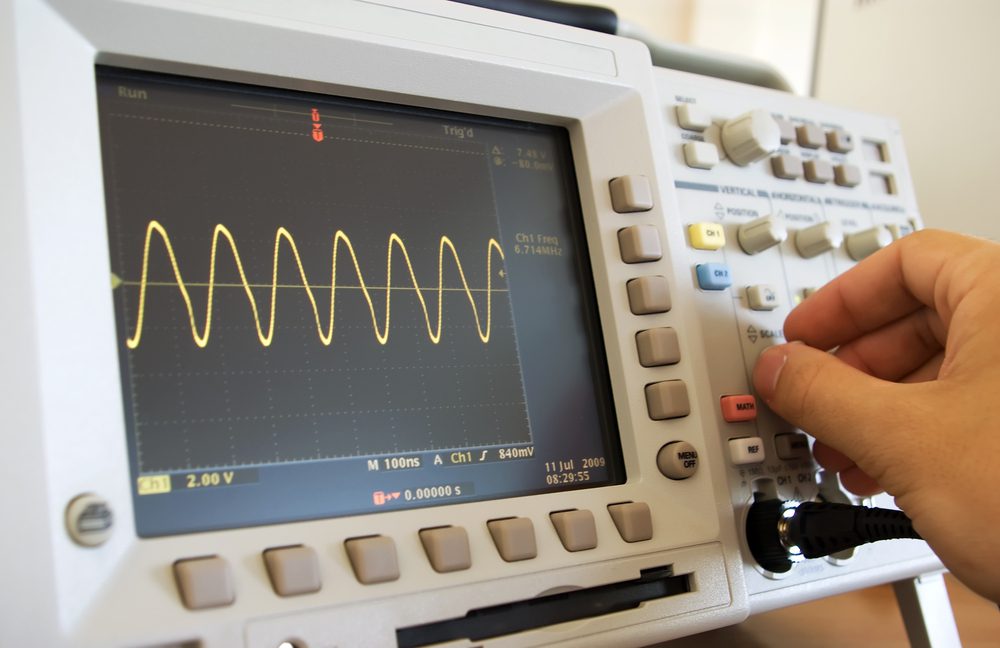
The primary role played by any oscilloscope is the ability to closely examine the parameters of electrical energy. Amongst other things, this equipment allows you to analyse the amount of voltage, the flow of current and the power at which a circuit is currently operating.
As another example of what an oscilloscope is used for, it is possible to make a sample of electric energy flowing through the system, and then analyse it in detail. Such a sample is a strictly defined period of time, based on which the oscilloscope examines how the current behaves. Thanks to this, it is possible to determine the angle, and also to draw a precise voltage waveform.
Oscilloscope or multimeter?
What distinguishes an oscilloscope from multimeters is its ability to analyse current in detail. Universal meters make measurements only in real time, while averaging the result. This makes it possible to determine the parameters of the current at a given moment, which, however, is a serious problem in many situations.
For example, when wanting to check the quality of the electricity produced by a portable power generator, a multimeter will only indicate the overall voltage and not its time course. This can lead to serious complications, since most modern electronics require a so-called “pure sinusoid” to provide an optimal power source.
It will only be possible to determine this with an oscilloscope, which will show how the voltage graph is progressing, thus determining whether the generator is at all suitable for handling sensitive electronics.
In addition, a good quality oscilloscope also allows the use of mathematical functions, which make it possible to calculate the instantaneous power consumption of a given device or system.
Working with an oscilloscope in practice
Due to its level of complexity, many people are terrified at the very thought of having to use a device like an oscilloscope. How to use it in the right way?
The key to success is to connect the probes correctly to both the component under test and the oscilloscope itself. Probes are usually mounted by inserting them on one side of the probe into the socket of the testing instrument. When connecting them, however, you need to pay attention to whether they have been pressed in firmly enough and also whether their contacts are not dirty.
The next step is to connect the probes to the component under analysis – this is usually done by clamping a crocodile-type tip on the cable in question. It is also possible to use probes with pointed tips, which enable much more precise selection of the tested area.
Next, it is necessary to correctly select the range with which the oscilloscope will work. How to use this function? These parameters are adjusted by turning the knobs of the manipulators – separately for the horizontal and vertical range.
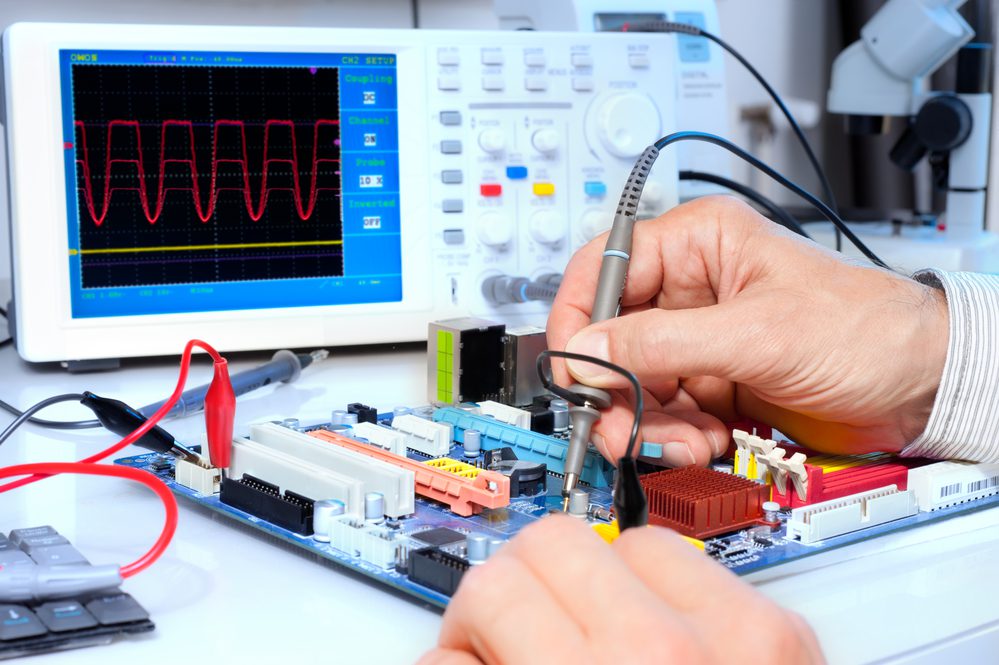
In many devices it is also possible to use the zoom function, which allows you to change the time constant of the tested section and thus stretch the displayed graph. In addition, professional equipment also allows you to change the position of the signal on the screen – both up-down and right-left, which significantly facilitates the subsequent analysis of the voltage waveform through the circuit.
How useful was this post?
Click on a star to rate it!
Average rating 0 / 5. Vote count: 0
No votes so far! Be the first to rate this post.

